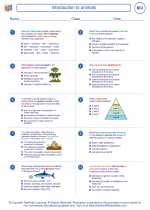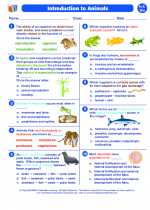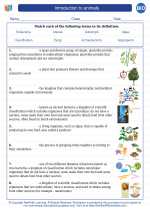Key Concepts
- Formation: Streams are typically formed from the runoff of rainwater or melting snow. They may also originate from springs or seepage from underground aquifers.
- Channels: Streams flow in channels, which can range from small, narrow rivulets to large, meandering rivers. The shape and size of the channel can affect the behavior of the stream.
- Gradient: The steepness of the land over which a stream flows is known as its gradient. A steep gradient results in a faster flow, while a gentle gradient leads to a slower flow.
- Velocity: The speed of the water in a stream is referred to as its velocity. It can vary based on factors such as the slope of the channel, the volume of water, and the presence of obstacles.
- Erosion and Deposition: Streams have the power to erode the land through the force of their flowing water. They can also deposit sediment when their velocity decreases, leading to the formation of features such as deltas and alluvial fans.
- Stream Patterns: Streams can exhibit different patterns, including dendritic (tree-like), radial (spokes of a wheel), rectangular, and trellis patterns, depending on the geological structure of the area.
- Ecological Importance: Streams support diverse ecosystems, providing habitats for various plants and animals. They also contribute to the overall health of watersheds and serve as sources of drinking water and irrigation for human populations.
Study Tips
- Gain a strong understanding of the water cycle and how streams fit into it.
- Review the factors that influence stream velocity and how they impact the behavior of streams.
- Learn about the different landforms associated with streams, such as meanders, oxbow lakes, and floodplains.
- Understand the ecological significance of streams and the importance of conservation efforts to protect these ecosystems.
- Practice identifying and interpreting stream patterns in maps and aerial imagery.
◂Biology Worksheets and Study Guides High School. Introduction to animals
Worksheet/Answer key Introduction to animals
Introduction to animals  Worksheet/Answer key
Worksheet/Answer key Introduction to animals
Introduction to animals  Worksheet/Answer key
Worksheet/Answer key Introduction to animals
Introduction to animals  Worksheet/Answer key
Worksheet/Answer key Introduction to animals
Introduction to animals  Vocabulary/Answer key
Vocabulary/Answer key Introduction to animals
Introduction to animals  Vocabulary/Answer key
Vocabulary/Answer key Introduction to animals
Introduction to animals  Vocabulary/Answer key
Vocabulary/Answer key Introduction to animals
Introduction to animals 

 Worksheet/Answer key
Worksheet/Answer key
 Worksheet/Answer key
Worksheet/Answer key
 Worksheet/Answer key
Worksheet/Answer key
 Vocabulary/Answer key
Vocabulary/Answer key
 Vocabulary/Answer key
Vocabulary/Answer key
 Vocabulary/Answer key
Vocabulary/Answer key

The resources above cover the following skills:
Concepts of Life Science (SC1, SC2, SC3)
The student demonstrates an understanding of the structure, function, behavior, development, life cycles, and diversity of living organisms by describing the structure-function relationship